Pine is any of a large group of evergreen trees that have needlelike leaves and bear cones. There are about 100 species of pines. Almost all of them grow naturally only in the Northern Hemisphere. Pines are found in a wide range of environments, but they most often grow in sandy or rocky soils. They are especially common in the mountains of western and southeastern North America, southern Europe, and southeastern Asia. Some pines reach heights of about 200 feet (61 meters). Others are small and shrublike.

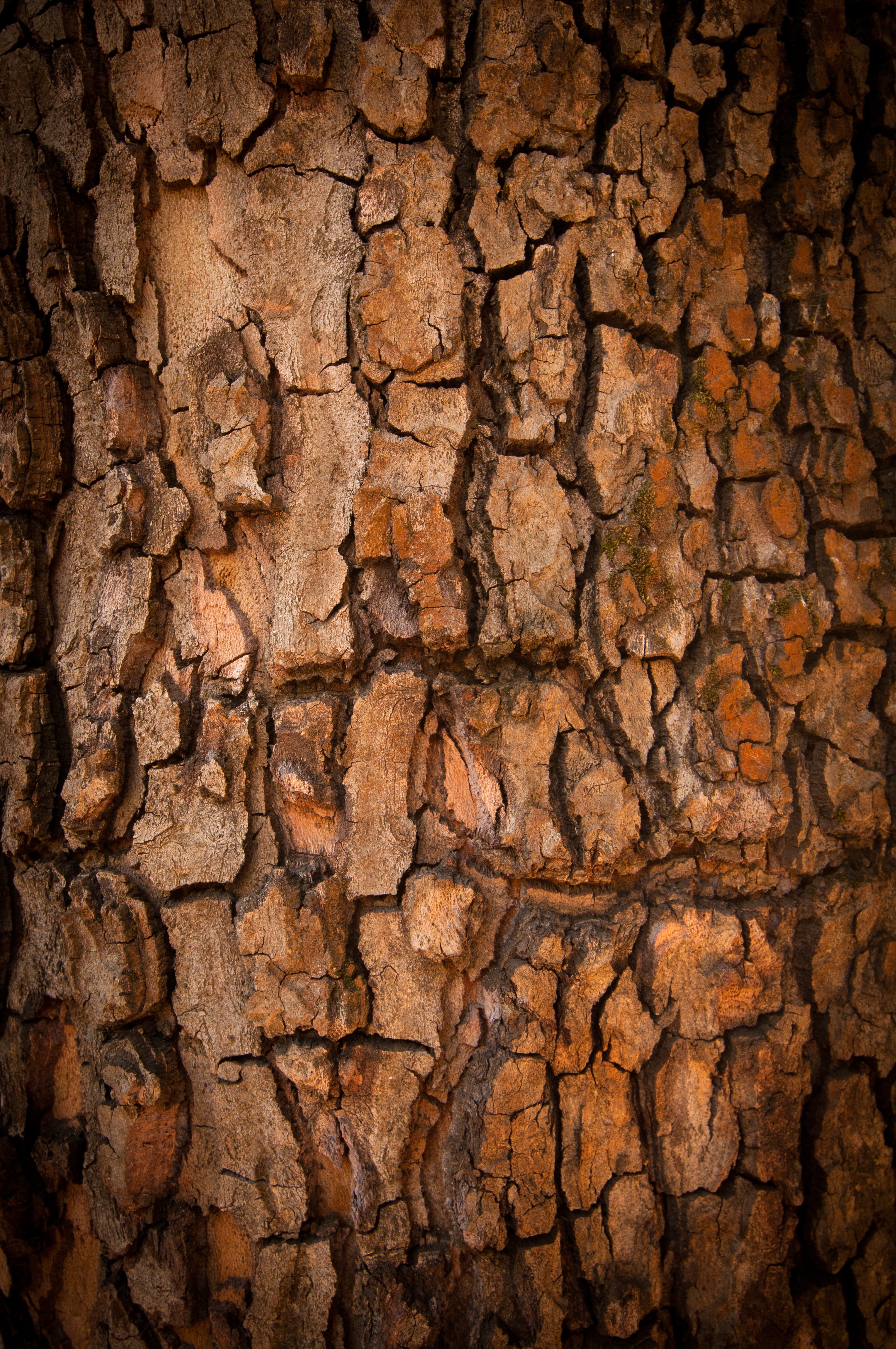
Pines belong to a group of plants called conifers. All conifers reproduce by means of cones that produce pollen and seeds. A pine differs from other conifers in the way its leaves grow. Nearly all pines have needles that grow in bundles of two, three, or five each. The leaves of other conifers grow in larger bundles or do not form bundles. Conifers closely related to pines include firs, larches, and spruces.
Pine trees bear both male and female cones. The male cones typically measure less than 1 inch (2.5 centimeters) in length. The female cones are much larger and have woody scales. When people speak of “pine cones,” they usually are referring to the female cones. In the spring, the male cones produce enormous quantities of pollen. The wind carries the pollen to egg cells attached to the scales of the female cones. The pollen fertilizes the egg cells, which then develop into seeds. The seeds take one or two years to mature. The mature seeds of most pines have winglike parts that cause the seeds to twirl and float in the wind. Pine seeds may blow as far as 300 feet (91 meters) from the parent tree.
Pines rank as the world’s most important source of timber. Most pines grow rapidly and form straight, tall trunks that are ideal for lumber. Some pines produce resin, a substance used to make such products as turpentine, paint, and soap. The wood of many pine species makes excellent pulp for the manufacture of paper. Pines are also grown as shade trees.
A major pest of North American pine trees is the mountain pine beetle. The female burrows into living pines to lay her eggs. The larvae (young) hatch and feed beneath the tree’s bark. The larvae and a fungus they carry kill the tree. The mountain pine beetle is native to North America, where it has played an important role in many forests by clearing areas for new growth. However, shifting ecosystems can enable pine beetle populations to spread to new regions and to grow beyond the control of such predators as birds and wasps. An outbreak of these beetles can result in the loss of millions of pine trees.
North American pines
About 65 species of pines are native to North America. Thirty-six of them grow in the United States. Botanists divide pines into two groups: (1) soft pines and (2) hard pines. The trees of these groups differ mainly in the way their needles grow.
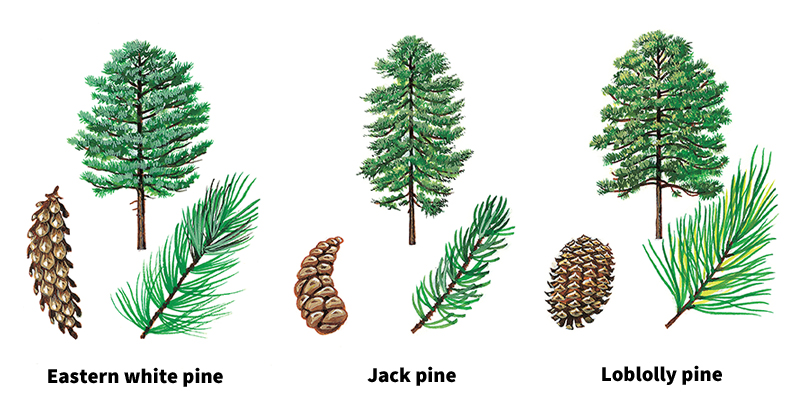
Soft pines, also called white pines, typically produce needles in bundles of five. Hard pines, also known as yellow pines, ordinarily produce needles in bundles of two or three. In addition, hard pines generally have heavier, harder wood than soft pines.
Both hard and soft pines grow naturally in areas throughout North America. This article divides North American pines into three groups: (1) eastern pines, (2) southeastern pines, and (3) western pines.
Eastern pines.
The eastern white pine is the only soft pine native to eastern North America. It is common in New England and grows as far west as Minnesota and as far south as northern Georgia. This huge, majestic tree may reach a height of over 100 feet (30 meters) and measure more than 4 feet (1.2 meters) in diameter at its base. It has long, slender cones and is prized for its white, smooth-grained lumber.
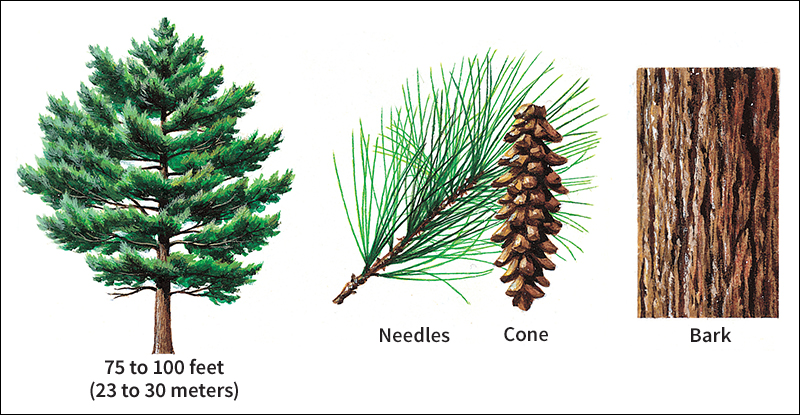
Two important hard pines that grow in Canada and the northeastern part of the United States are the red pine and the jack pine. The red pine is found in areas near the Great Lakes, in New England, and in southeastern Canada. It gets its name from its reddish-brown bark. It has long needles that grow in bundles of two and is an important timber tree. The jack pine grows chiefly in sandy soils from the northern Great Lakes region to northwestern Canada. Its needles grow in bundles of two and it bears small, curved cones. The cones may remain closed and hold their seeds for many years. The jack pine is often one of the first trees to grow after wildfires. The heat of such fires causes the cones to open, releasing the seeds that produce new trees. The wood of the jack pine is used for paper pulp.
The pitch pine grows in sandy soils in New England and in shallow soils in the southern Appalachian Mountains. Its cones are spiny and measure about 4 inches (10 centimeters) long. Its needles grow in bundles of three.
Southeastern pines.
Pines grow throughout the southeastern United States. The Virginia pine is found in the southern Appalachian Mountains and the rolling hills of the Piedmont Region. It has scaly bark, and its cones measure about 2 inches (5 centimeters) in length. Its needles grow in bundles of two. The shortleaf pine grows in the same area as the Virginia pine but is a much taller tree. It may reach a height of over 100 feet (30 meters). Its bark is divided into irregular plates, and its needles grow in bundles of two or three. The loblolly pine thrives in many environments throughout the Southeast. It resembles the shortleaf pine, but its needles always grow in bundles of three. These three pines all grow rapidly and are common in abandoned fields and pastures. All are important sources of lumber.
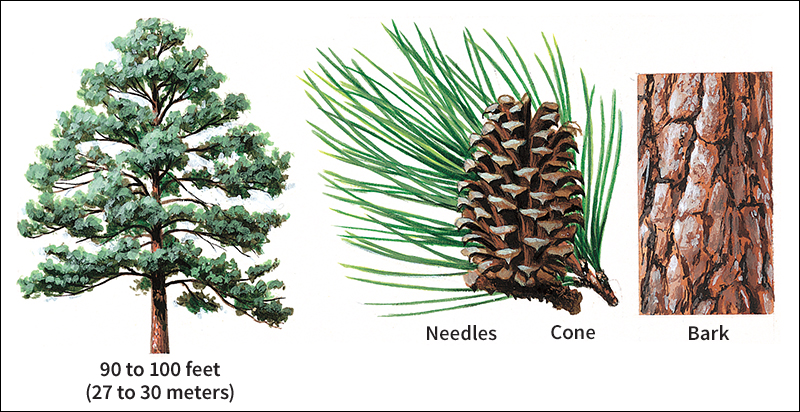
Many pine species grow in the sandy soils of the Atlantic and Gulf coastal plains. The longleaf pine grows in particularly sandy soils. It has large cones and extremely long needles that may reach a length of 18 inches (46 centimeters). The slash pine grows in somewhat moister soils. Its needles and cones are smaller than those of the longleaf pine. Both species are important sources of lumber and resin. The pond pine grows in swampy areas. It can grow back from its roots after the aboveground part of the tree has been destroyed by fire.
Western pines.
Many species of pines grow in the mountains of western North America. Different species are found at different elevations. The Digger pine grows at lower elevations in the Sierra Nevada and in the Coast Ranges of California. This tree has needles that grow in bundles of three and cones that may measure as much as 10 inches (25 centimeters) in length. Digger pine seeds were once an important food for Indians.
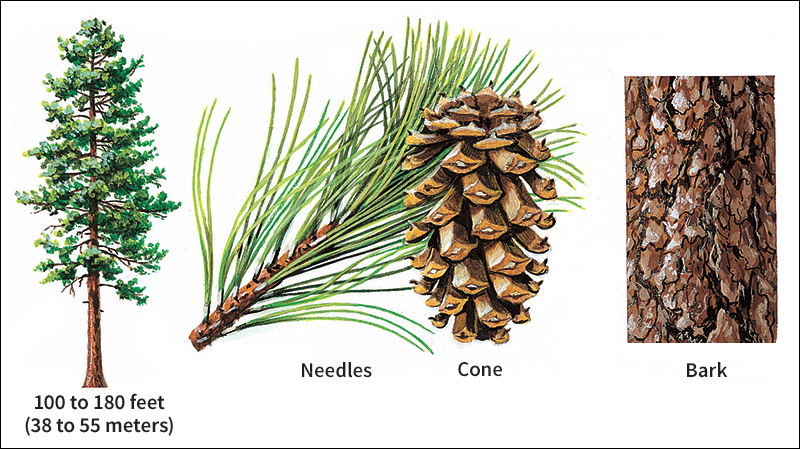
A number of important pines grow at slightly higher elevations than the Digger pine. The ponderosa pine is common throughout the Rocky Mountains and the eastern side of the Cascades, and in the southwestern United States. This hard pine grows up to 180 feet (55 meters) tall and produces high-quality lumber. Its needles grow in bundles of three, and its cones are about 5 inches (13 centimeters) long. The sugar pine and the western white pine are found at middle elevations in the Sierra Nevada. The sugar pine produces the longest cones of any North American pine. They may reach nearly 30 inches (76 centimeters) in length. The lodgepole pine grows at higher elevations than the ponderosa pine in the Sierra Nevada and the Rocky Mountains. It thrives in sandy soils and its needles grow in bundles of two. Its small cones may remain closed for years after they mature, and its seeds are released in wildfires.

The limber pine and the whitebark pine are found in the Rocky Mountains at some of the highest elevations at which trees can grow. In areas exposed to strong winds and extreme cold, these two soft pines grow to only about 5 feet (1.5 meters) in height. Elsewhere, they grow 30 to 50 feet (9 to 15 meters) tall. Another soft pine found at extremely high elevations is the bristlecone pine. Some are among the oldest living things. A number have lived over 4,000 years. See Bristlecone pine. 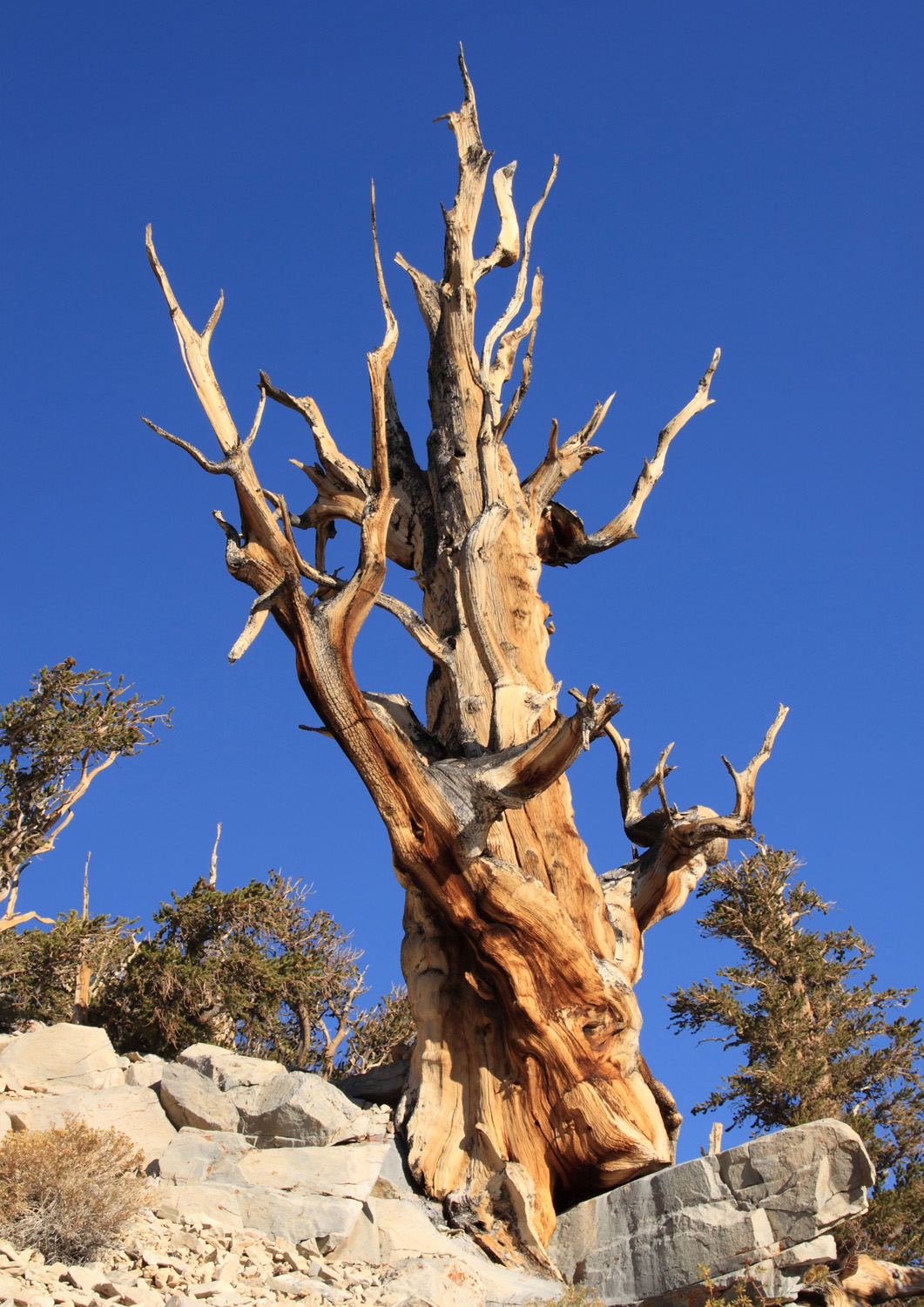
Several species of pines grow naturally only in small areas of southern California. For example, the Monterey pine is native to a small area on the California coast. In this area, its wood has little commercial value. However, this tree has been introduced into the Southern Hemisphere and now ranks as a major source of timber in Australia, Chile, New Zealand, and South Africa.
Other pines
Only a few pine species grow in northern Europe. The Scotch pine, a valuable timber tree, is probably the most important of these. This pine also is grown in many areas of North America, where it is widely used as a Christmas tree.
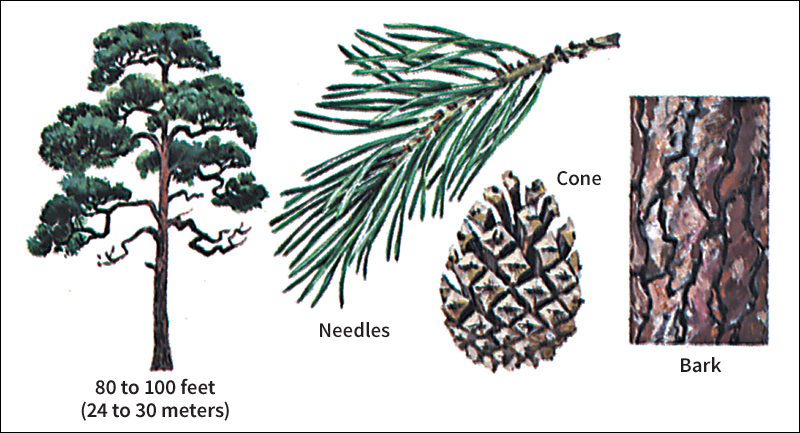
Many species of pines grow in the countries that border the Mediterranean Sea. The black pine, also called the Austrian pine, is an important source of timber in this region. It also is cultivated worldwide as an ornamental tree. The Aleppo pine is the most widespread pine of the Mediterranean region. It grows from Spain and northern Africa near the Strait of Gibraltar to the mountains of Israel and Lebanon.
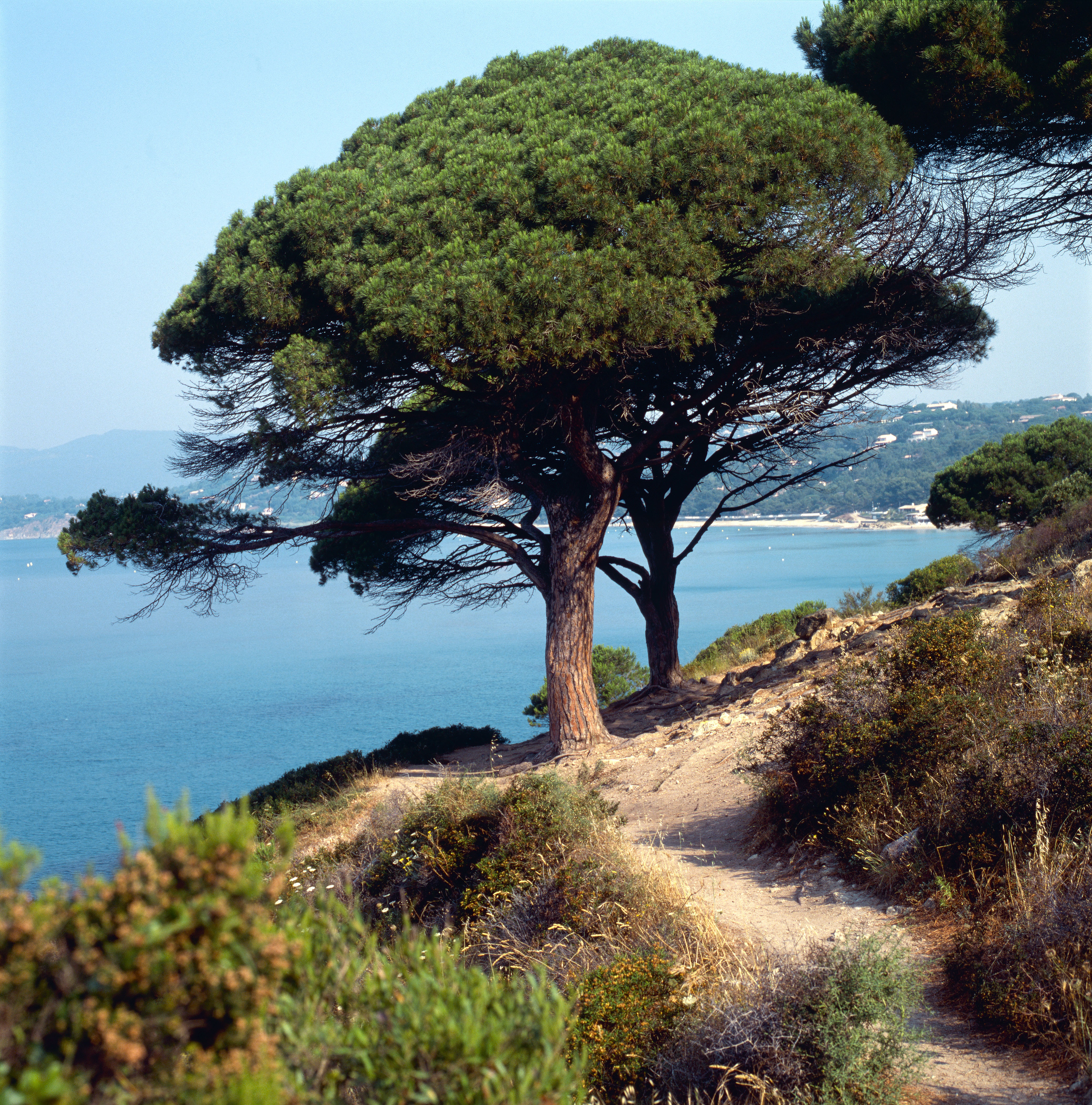
About 15 pine species grow naturally in southeastern Asia and Japan. Most of them grow in mountainous areas. In northern Asia, the Siberian pine ranks as an important pine species. This pine grows from the Ural Mountains through western and central Siberia to northern Mongolia.
